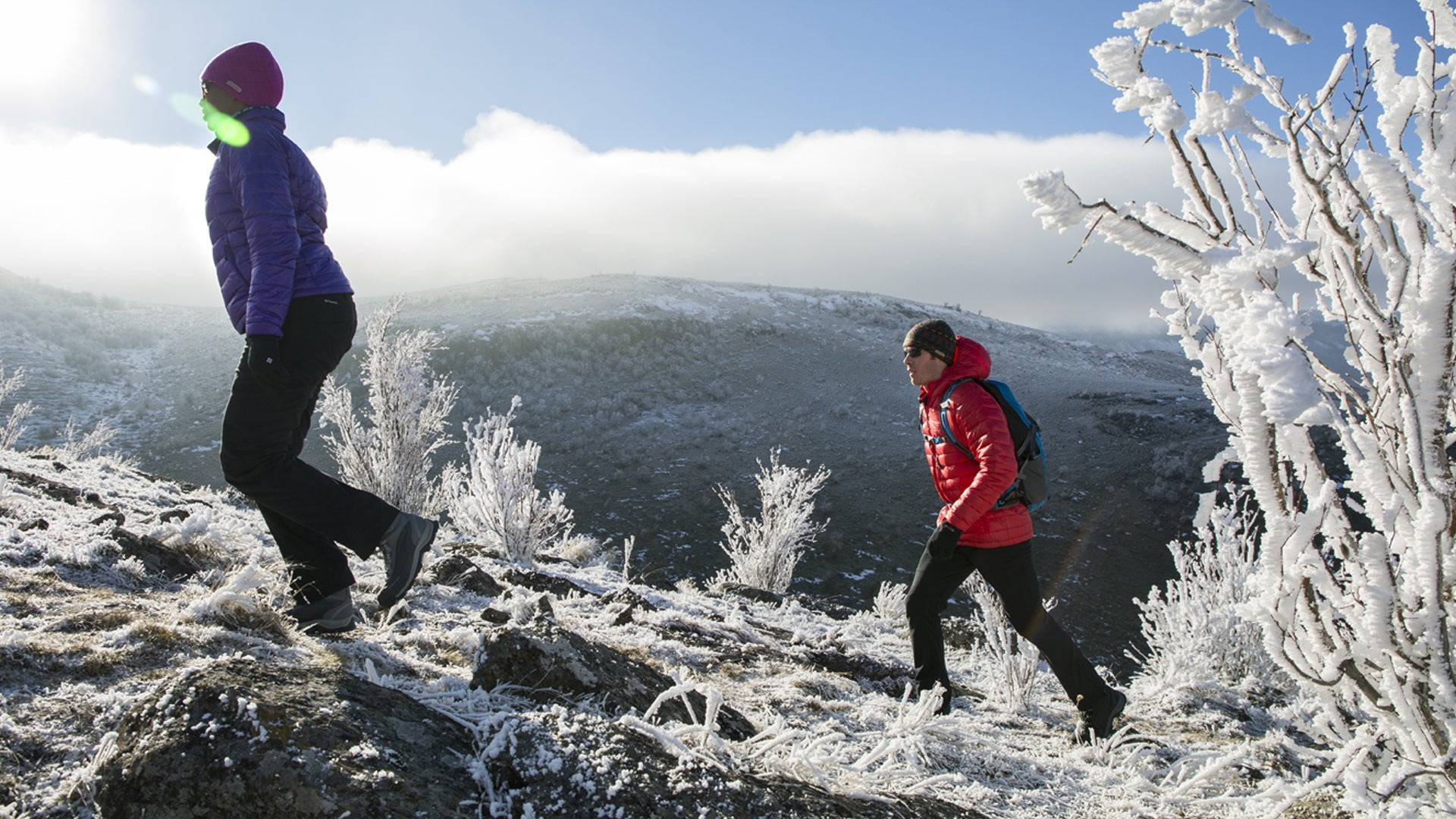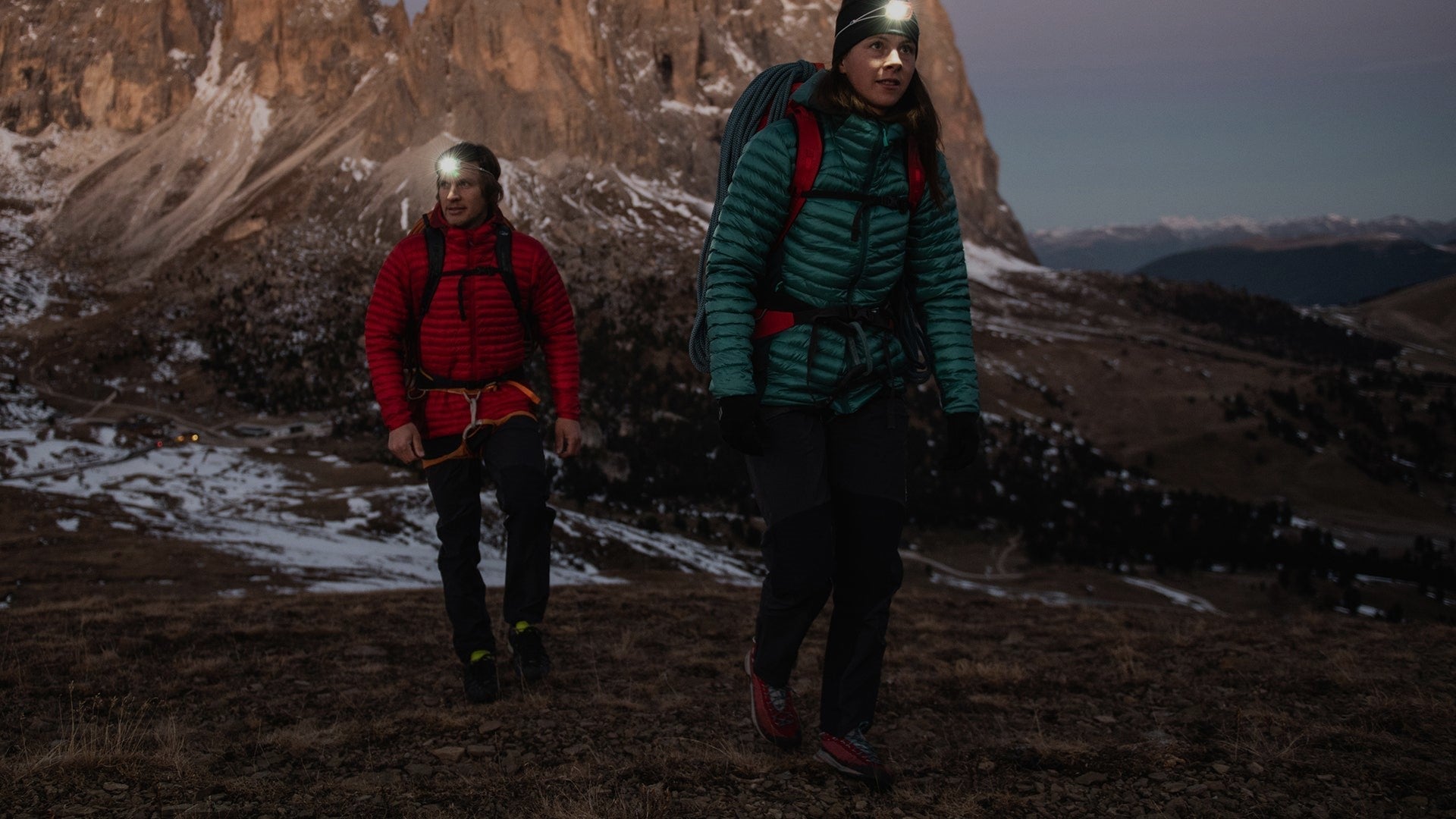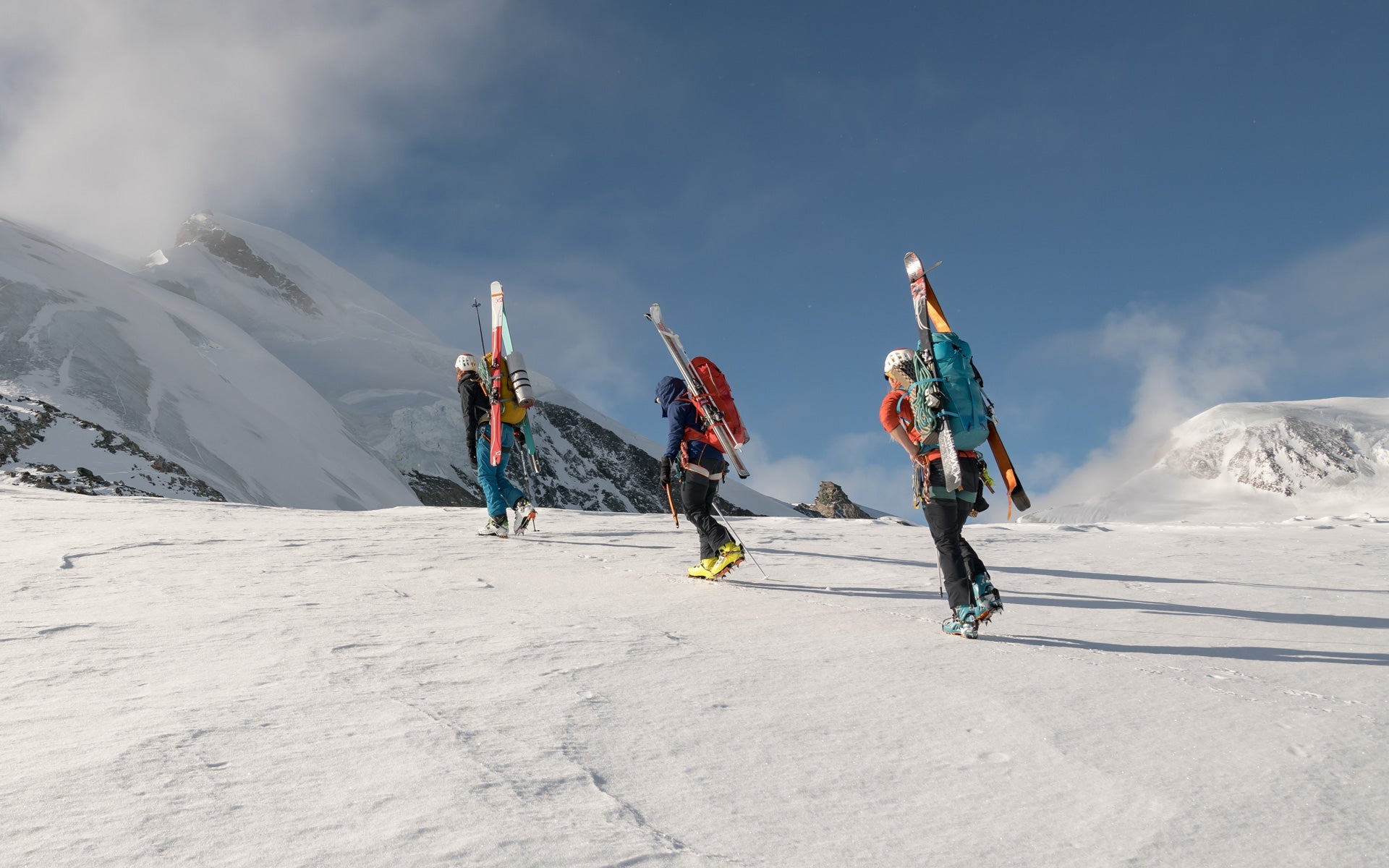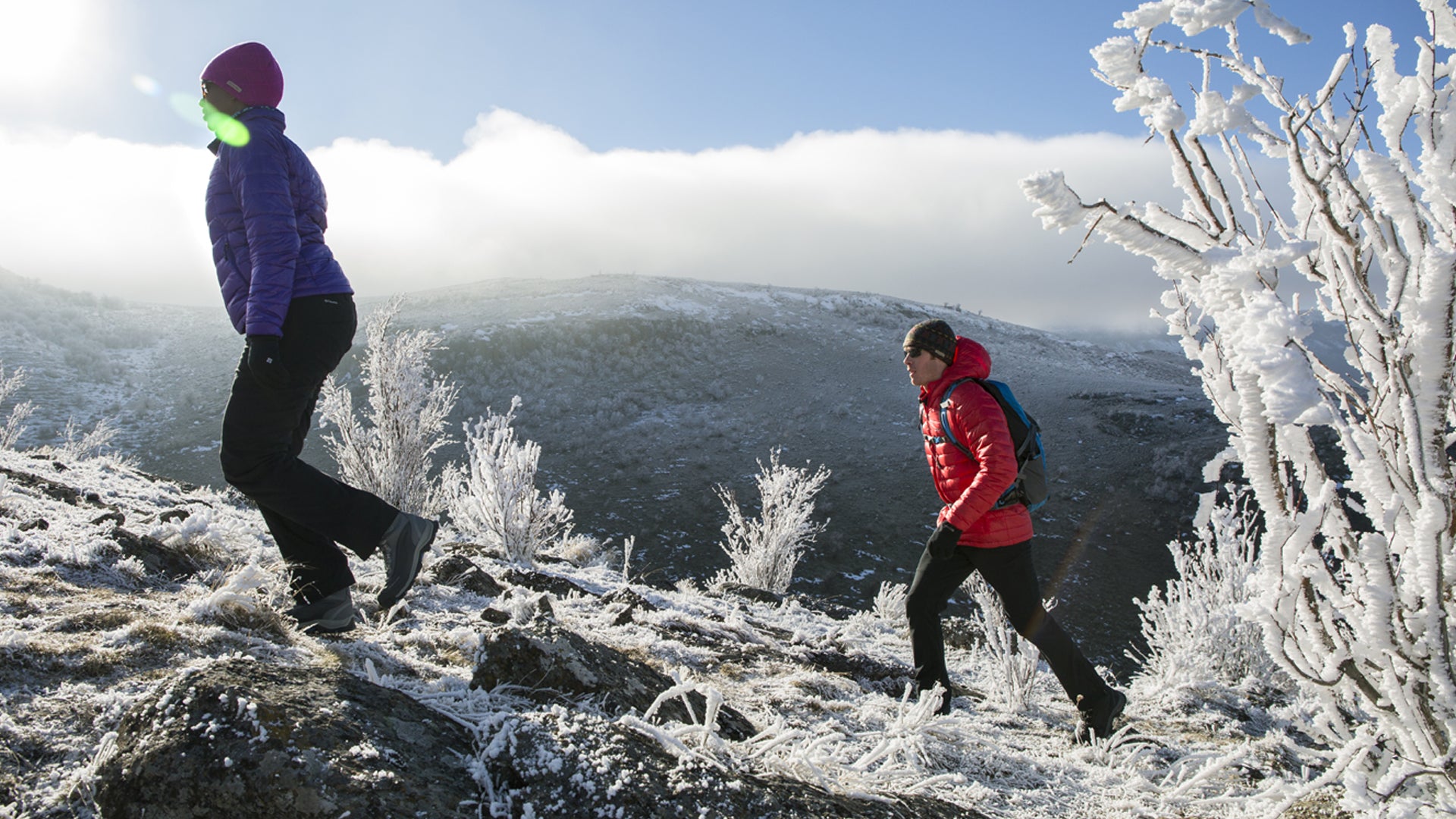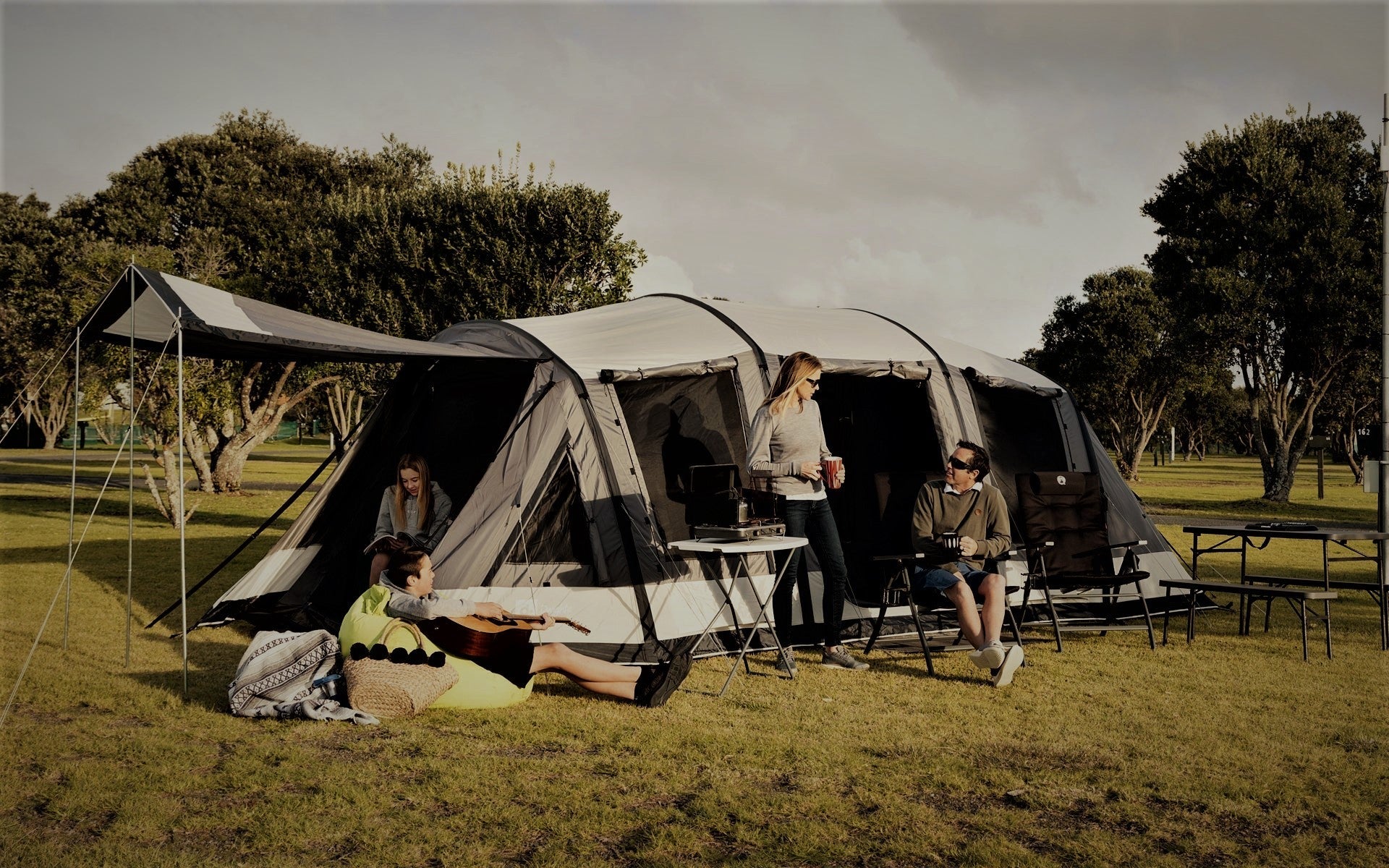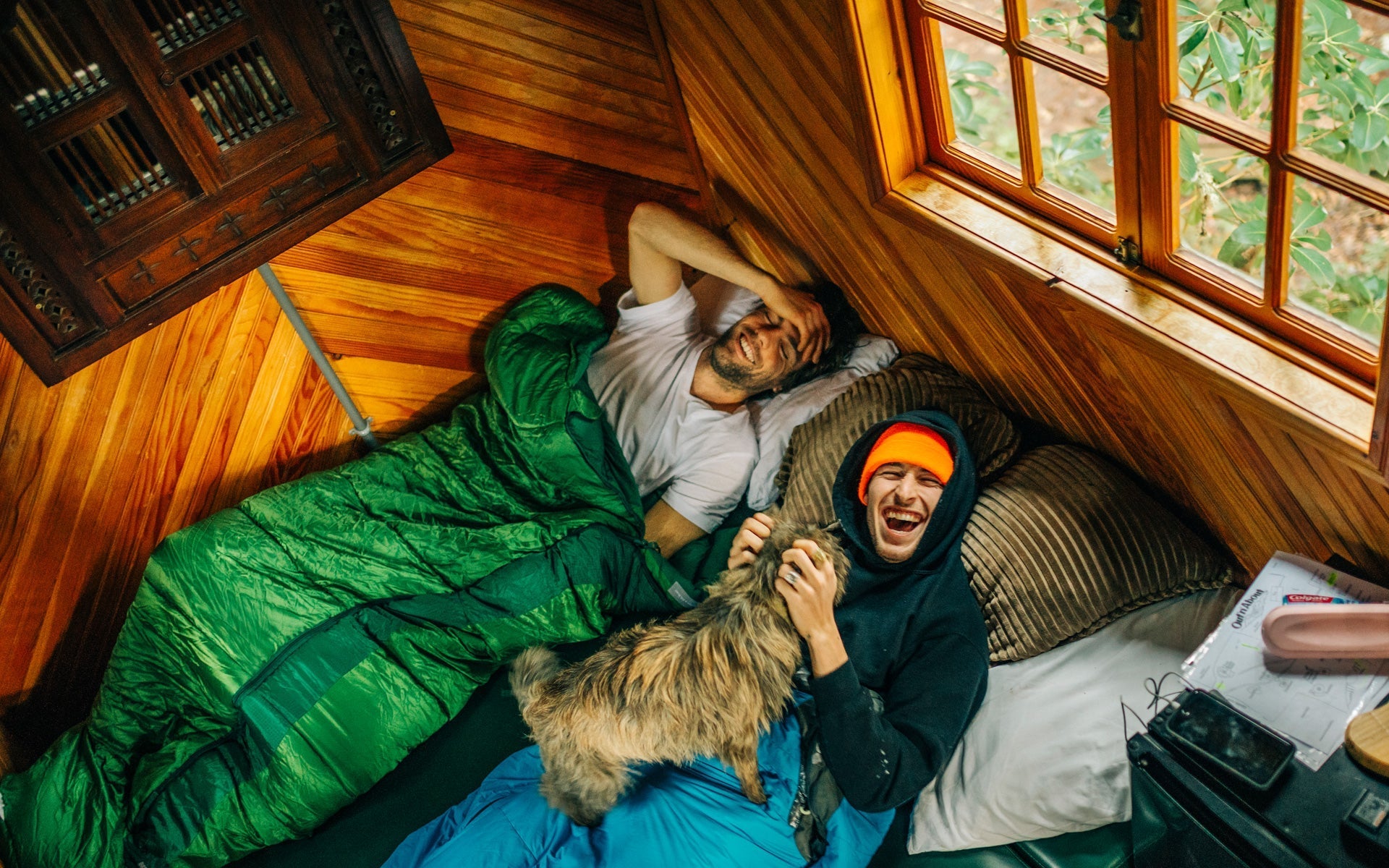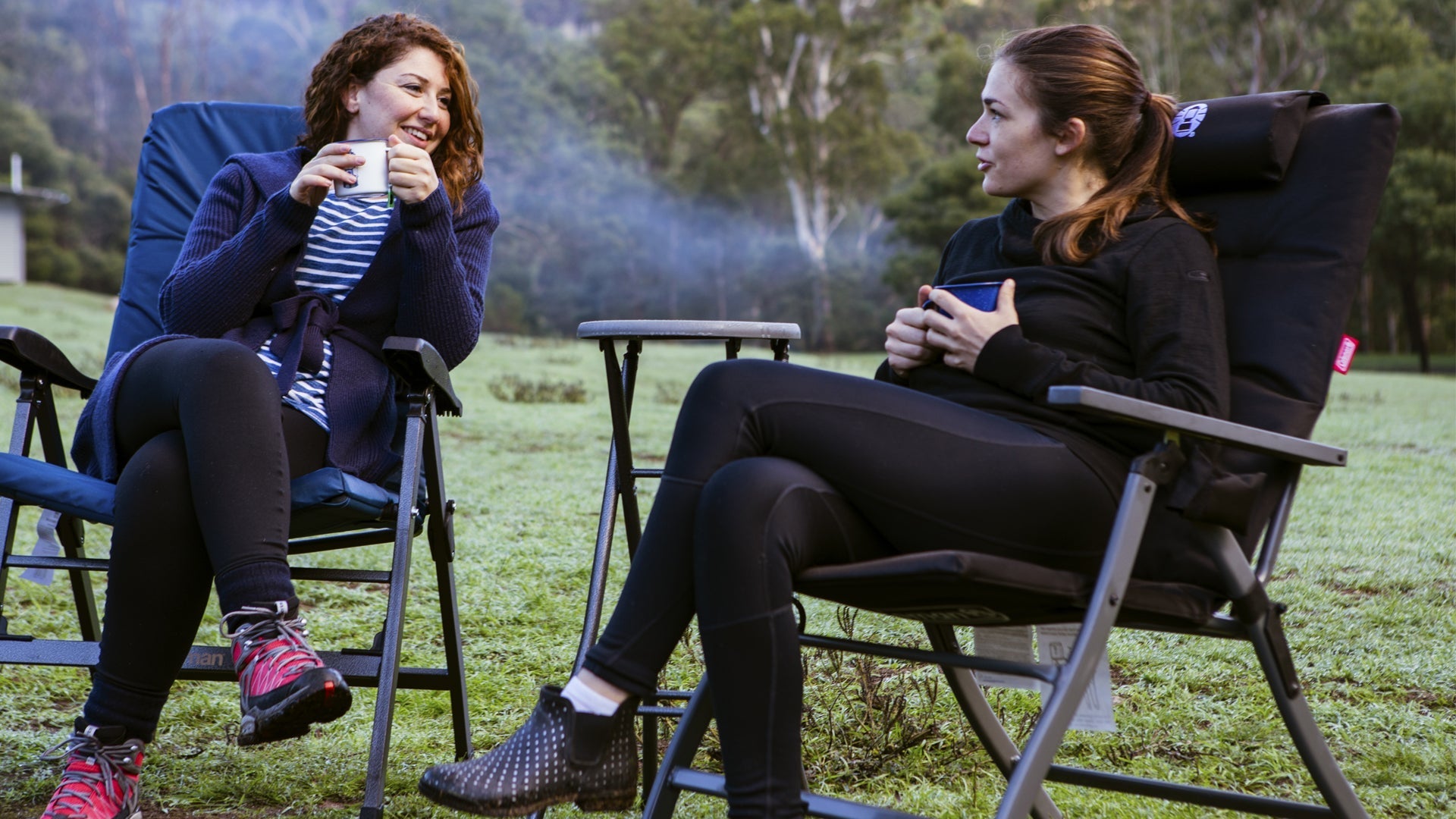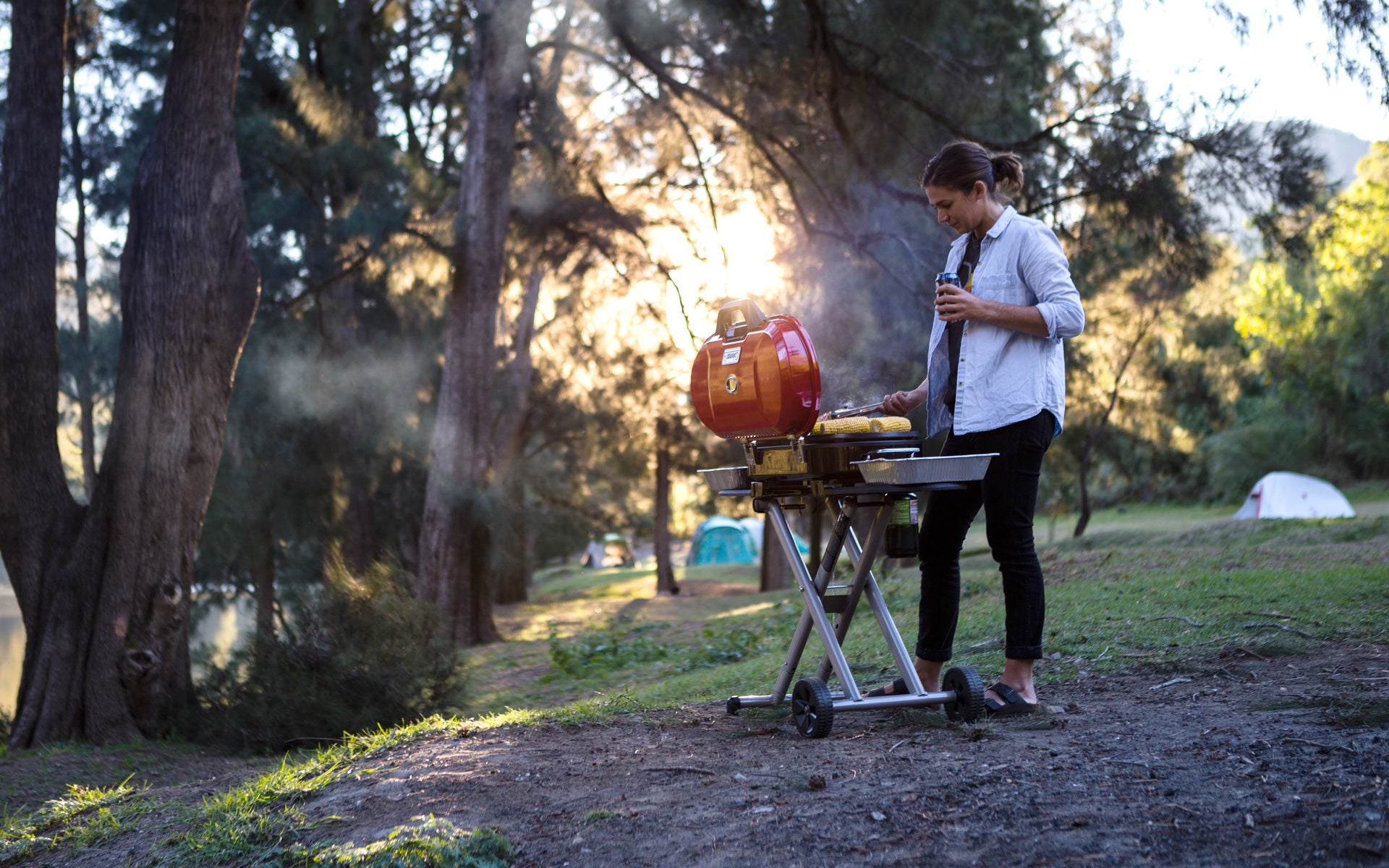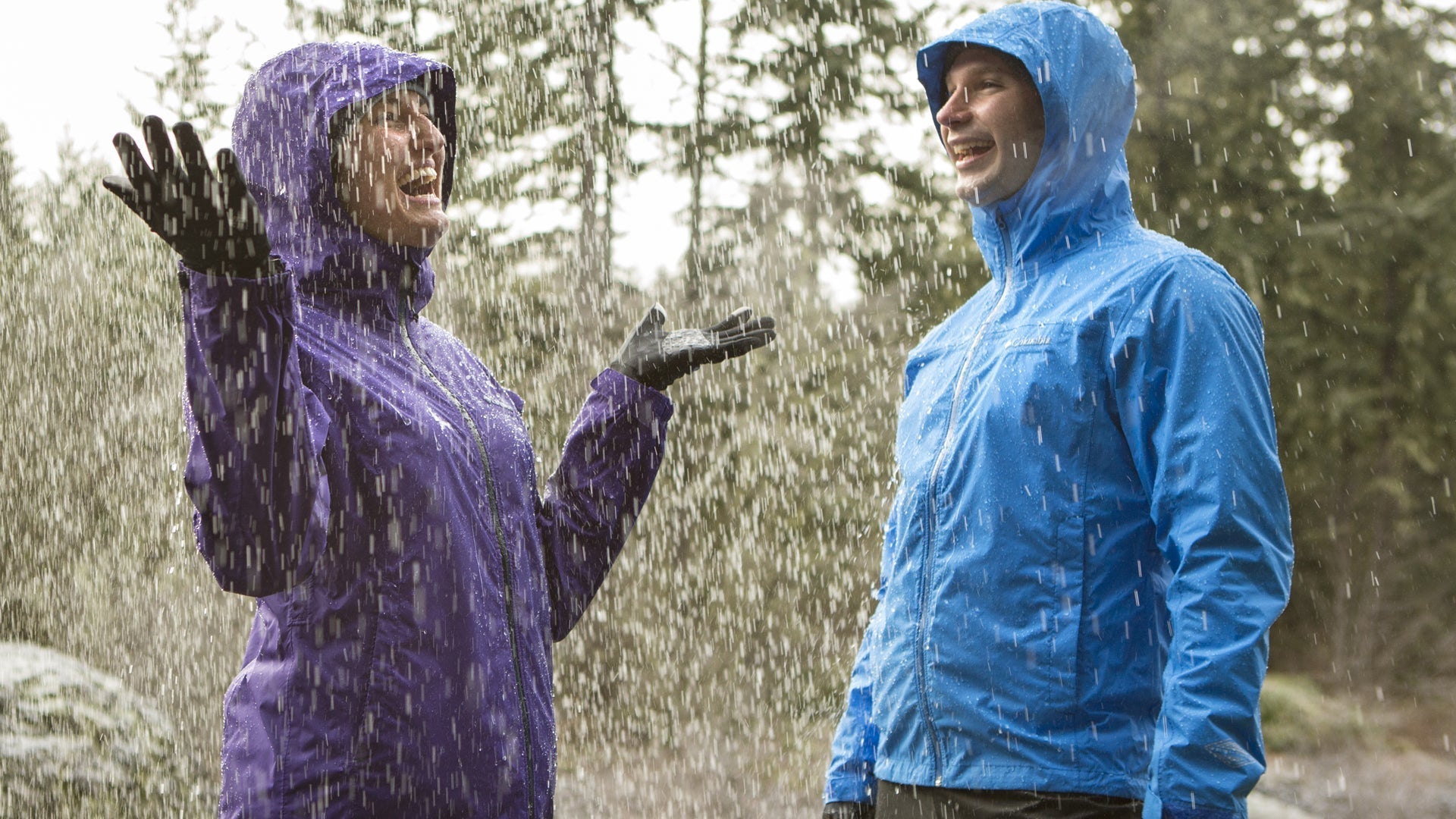Tips and Tricks for Setting Up Your Tent Like a Pro
Tips and Tricks for Setting Up Your Tent Like a Pro
Introduction
Welcome to the great outdoors! There's no better feeling than pitching your tent and immersing yourself in nature. Whether you're a seasoned camper or just starting out, setting up your tent like a pro can make all the difference in your camping experience. From choosing the right tent to mastering the art of assembly, we've got you covered with these tips and tricks. So grab your gear and get ready to elevate your camping game to new heights! Let's dive in and discover how you can become a tent-setting expert!
Choosing the Right Tent
When it comes to choosing the right tent for your camping adventure, there are several factors you should consider. First and foremost is the size of the tent. How many people will be sleeping in it? Do you need extra space for gear or pets? Make sure to choose a tent that comfortably accommodates everyone.
Another important factor to consider is the seasonality of your camping trips. Are you planning on camping primarily in warm weather, or will you be venturing into colder temperatures as well? Different tents are designed for different seasons, so make sure to choose one that suits your needs.
Additionally, think about the durability and quality of materials used in the construction of the tent. Look for tents made from strong and waterproof fabrics such as nylon or polyester. Reinforced seams and sturdy zippers are also indicators of a high-quality tent.
Consider whether you prefer a freestanding tent or one that requires staking out. Freestanding tents offer more flexibility when it comes to choosing a campsite, while non-freestanding tents may require additional time and effort to set up properly.
Don't forget about weight and packability. If you plan on backpacking or hiking with your tent, opt for a lightweight option that can easily fit into your pack without weighing you down.
By carefully considering these factors, you can ensure that you choose a tent that meets all of your needs and provides a comfortable shelter during your outdoor adventures
Factors to Consider
When it comes to choosing the right tent for your camping adventure, there are several factors to consider. First and foremost is the size of the tent. You'll want to make sure you have enough space for yourself and any fellow campers, as well as room for gear storage. Keep in mind that tents are usually labeled with their maximum occupancy, but this doesn't always take into account comfort levels or additional gear.
Next, think about the seasonality of your camping trips. If you plan on camping year-round or in colder climates, a four-season tent with sturdy construction and insulation will be essential. On the other hand, if you're mainly a fair-weather camper, a three-season tent should suffice.
Another important factor is ease of setup. Look for tents that come with clear instructions and straightforward assembly processes. Quick-pitching features like color-coded poles can also make setup a breeze.
Durability is another key consideration when choosing a tent. Look for high-quality materials such as ripstop nylon fabric and aluminum poles that can withstand rough weather conditions.
Don't forget about weight and portability if you plan on backpacking or hiking to your campsite. Lightweight tents made from ultralight materials can significantly reduce your load without compromising durability.
By carefully considering these factors based on your specific needs and preferences, you'll be able to choose a tent that provides comfort, convenience, and reliability during your outdoor adventures
Types of Tents
When it comes to choosing the right tent for your camping adventure, there are several factors to consider. First and foremost is the size. How many people will be sleeping in it? Will you need extra space for gear or a pet? Consider your needs and select a tent that accommodates accordingly.
Another important factor is the seasonality of the tent. Different tents are designed for different weather conditions. For example, a three-season tent is suitable for spring, summer, and fall camping, while a four-season or winter tent is built to withstand harsher conditions like snow and strong winds.
There are also specialized tents available such as backpacking tents which are lightweight and easy to carry on long hikes, or family-sized tents with multiple rooms for added privacy.
Consider the style of tent that suits your preferences. Dome tents offer good headroom and stability in windy conditions. Tunnel tents provide ample living space with separate sleeping areas. And cabin-style tents have vertical walls that maximize interior volume.
With these considerations in mind, you can choose the type of tent that best fits your needs and ensures a comfortable camping experience!
Setting Up Your Tent
Setting up your tent properly is crucial for a successful camping trip. Follow these tips and tricks to ensure you set up your tent like a pro.
First, clear the area where you plan to pitch your tent. Remove any rocks, sticks, or debris that could cause discomfort while sleeping or damage the floor of your tent.
Next, assemble the poles according to the instructions provided with your tent. Make sure they are securely connected and fit snugly into their corresponding grommets or pockets.
Once the poles are in place, attach the rainfly if necessary. This will provide an extra layer of protection from rain and wind. Be sure to secure it tightly using the provided straps or buckles.
Staking down your tent is essential for stability. Insert each stake at a 45-degree angle into the ground near each corner of the tent. Use a mallet or rock to firmly secure them in place.
Using a groundsheet underneath your tent can help protect it from moisture and punctures. Lay it flat on top of cleared ground before pitching your tent on top.
Remember to practice setting up your tent at home before heading out on your camping adventure. This will familiarize you with all its components and make setup quicker and easier once you're at camp.
Utilize all available guy lines when setting up your tent in windy conditions for added stability. These lines can be attached to nearby trees or stakes driven further away from the main structure of your shelter.
Pay attention to ventilation by opening windows or vents as needed during mild weather conditions. Proper airflow will prevent condensation buildup inside the tent overnight, keeping everything dry and comfortable.
Organize gear inside by utilizing storage pockets or hanging loops provided within most tents. Keeping items off the floor will maximize space while reducing clutter inside.
By following these tips and tricks for setting up our tents like a pro, you'll be able to enjoy a stress-free and comfortable camping experience.
Be prepared, and happy camping!
Clearing the Area
When it comes to setting up your tent like a pro, one of the first steps you need to take is clearing the area where you plan to pitch your tent. This step may seem simple, but it can make a big difference in your camping experience.
Start by removing any rocks, sticks, or other debris from the ground where you will be placing your tent. Not only can these objects create an uncomfortable sleeping surface, but they can also potentially puncture or damage your tent floor.
Next, check for any low-lying branches or tree roots that could interfere with the placement of your tent. These obstacles can not only make it difficult to set up your tent properly but can also pose safety hazards if they were to fall during inclement weather.
Additionally, consider the terrain and slope of the ground. It's best to choose a flat area for pitching your tent as this will provide better stability and comfort throughout the night.
By taking the time to clear and prepare the area before setting up your tent, you'll ensure a more enjoyable camping experience without any unexpected surprises!
Assembling the Poles
Assembling the poles of your tent is a crucial step in setting up camp like a pro. Before you begin, make sure you have all the necessary parts and components. Lay out the tent body and locate the pole sleeves or clips that will hold them in place.
Start by inserting each pole section into its corresponding sleeve or clip. Be gentle but firm, ensuring that each section fits together securely. As you work your way around the tent, take care to keep the poles straight and aligned.
Once all the sections are connected, it's time to raise the tent. With one person on either side of the tent, lift and extend each pole until they reach their full height. This may require some effort depending on the size of your tent.
Now comes an important tip: always secure the poles at their base using pins or grommets provided with your tent. This will prevent any accidental collapse during windy conditions or while you're inside sleeping peacefully.
Remember to follow manufacturer instructions for assembling and disassembling poles specific to your tent model as different tents may have slightly different processes.
By mastering this skill, you'll be able to efficiently assemble your tent with confidence every time you embark on a camping adventure!
Attaching the Rainfly
When it comes to setting up your tent like a pro, one important step is attaching the rainfly. The rainfly is a separate waterproof cover that goes over the top of your tent and provides extra protection from the elements. Here are some tips and tricks for attaching the rainfly effectively.
First, make sure you have identified which side of the rainfly is the front and which is the back. This will ensure that it fits properly over your tent. Lay out the rainfly on top of your tent, making sure all corners line up correctly.
Next, locate the attachment points on both the rainfly and your tent. These are typically small loops or clips that allow you to secure the rainfly in place. Attach each corner of the rainfly to its corresponding point on your tent.
Once all corners are attached, adjust any tension straps or cords to make sure the rainfly is snugly secured to your tent. This will help prevent water from pooling or leaking inside during rainy weather.
Take a moment to check that all zippers on both your tent and rainfly are closed properly. This will keep bugs out and maintain a dry interior space.
By following these steps when attaching your rainfly, you can ensure that you're ready for whatever Mother Nature throws at you during your camping adventure!
Staking Down the Tent
Staking down the tent is a crucial step in setting up your camping shelter. It ensures stability and prevents your tent from being blown away by strong winds or other unexpected weather conditions. Here are some tips to help you stake down your tent like a pro.
Before staking, make sure you clear the area of any rocks, sticks, or sharp objects that could potentially damage your tent floor. Once the area is cleared, assemble the poles and insert them into their corresponding sleeves or grommets on the tent body.
Next, attach the rainfly securely over the top of your tent to provide an extra layer of protection against rain and moisture. This will also help keep your tent cooler during hot summer days.
Now it's time to stake down your tent. Start with securing each corner of the tent with a stake at a 45-degree angle away from the base of the tent. Make sure to drive them deep into the ground for maximum stability.
After staking all four corners, continue by adding additional stakes along each side and at any guy line attachment points provided on your specific model of tents. Guy lines help stabilize and anchor your tent further against wind gusts.
Remember to use sturdy aluminum or steel stakes rather than flimsy plastic ones as they offer better durability and hold in various terrains such as sandy beaches or rocky grounds.
By properly staking down your tent, you can ensure that it stays put throughout your camping adventure!
Using a Groundsheet
Using a groundsheet is an essential step in setting up your tent like a pro. A groundsheet, also known as a footprint, serves as a protective barrier between the bottom of your tent and the ground. It helps to prevent moisture from seeping through and keeps the floor of your tent clean.
When using a groundsheet, it's important to clear away any sharp objects or debris from the area where you plan to pitch your tent. This will help to avoid punctures or tears in both the groundsheet and your tent.
Once you have chosen the right spot, lay out the groundsheet on top of it. Make sure that it is slightly smaller than the base of your tent so that rainwater doesn't collect between the two layers.
Next, assemble and erect your tent on top of the groundsheet. Ensure that all corners are aligned properly with those of the sheet for maximum coverage and protection. Use stakes or pegs to secure both layers firmly into place.
A well-fitted groundsheet can offer additional insulation during colder nights while providing an extra layer against dampness when camping on wet terrain. It also makes cleaning up after your trip much easier since you can simply shake off any dirt or mud from it before folding it up.
Investing in a high-quality waterproof groundsheet specifically designed for your tent model can greatly extend its lifespan by shielding it from wear and tear caused by rough surfaces or abrasive materials found on some campgrounds.
So don't forget this crucial step when setting up camp - using a proper-sized, durable groundsheet will not only protect both yourself and gear but will also contribute to ensuring an enjoyable outdoor experience!
Tips and Tricks for a Pro-Level Setup
Tips and Tricks for a Pro-Level Setup
Setting up your tent like a pro requires some insider knowledge and a few expert tricks up your sleeve. Here are some tips to help you achieve that pro-level setup every time.
Practice at home before heading out on your camping adventure. Familiarize yourself with the different components of your tent and how they fit together. This way, when you arrive at the campsite, you'll be able to set up quickly and efficiently.
Another tip is to utilize the guy lines attached to your tent. These thin ropes play an important role in stabilizing your tent against wind and other elements. Make sure they are properly tensioned to keep your tent secure during gusts of wind.
Ventilation is also key when setting up your tent like a pro. Proper airflow helps prevent condensation buildup inside the tent, keeping it dry and comfortable. Take advantage of any vents or mesh windows in your tent design to allow air circulation.
When organizing gear inside the tent, think strategically. Keep frequently used items easily accessible near the entrance while placing heavier gear towards the center or back of the sleeping area for better weight distribution.
By following these tips, you'll be well on your way to achieving a pro-level setup for your next camping trip! Happy camping!
Practice at Home
Setting up a tent may seem like a straightforward task, but it's always a good idea to practice at home before heading out into the wilderness. By honing your tent setup skills in familiar surroundings, you can avoid any last-minute fumbles or frustrations when you're out in the wild.
Start by choosing an open area in your backyard or living room where you have enough space to lay out your tent. Take the time to read through the instructions that came with your tent and familiarize yourself with its components. This will help you understand how everything fits together and ensure a smoother setup process.
Next, assemble the poles according to the instructions. Pay attention to any color coding or markings on the poles that indicate their specific placement. Practice attaching them securely to create a sturdy frame for your tent.
Once the poles are in place, practice attaching the rainfly if applicable. The rainfly provides an extra layer of protection against wet weather conditions and is essential for keeping you dry during overnight camping trips.
Now it's time to stake down your tent. Use stakes or pegs provided with your tent kit and insert them firmly into the ground at each corner of the tent and along its sides if necessary. This step helps secure your shelter against wind gusts while also providing stability.
Consider using a groundsheet underneath your tent as an additional protective layer between it and rough terrain. Spread it out evenly under where you plan to pitch your shelter, making sure there are no wrinkles or folds that could cause discomfort during sleep.
Remember, practicing setting up your tent at home allows not only for familiarity but also enables problem-solving should issues arise once outdoors! So don't hesitate - get comfortable with assembling and disassembling so that when adventure calls, you'll be ready!
Utilize the Guy Lines
Utilize the Guy Lines
One of the most important but often overlooked aspects of setting up a tent like a pro is properly utilizing the guy lines. These are the cords attached to your tent that help provide stability and keep it secure in windy conditions.
When pitching your tent, make sure to attach and stake out each guy line evenly, ensuring that there is equal tension on all sides. This will help prevent your tent from sagging or collapsing under pressure.
In addition to securing your tent, using the guy lines can also create extra space inside by pulling out the fabric away from the poles. This can be especially useful if you have a smaller tent and need some additional room for gear or maneuverability.
Another tip is to use brightly colored guy line cords or add reflective tape to them. This will make them more visible during low light conditions, reducing tripping hazards and making it easier for you and others to navigate around your campsite.
Remember that adjusting and tightening the guy lines may be necessary throughout your camping trip, especially if weather conditions change or if you notice any sagging in certain areas of your tent. Regularly checking and readjusting them will ensure maximum stability.
So next time you set up your tent, don't forget about those trusty guy lines! They are an essential tool for keeping your shelter secure and maximizing its functionality while enjoying nature's beauty.
Pay Attention to Ventilation
One crucial aspect of setting up your tent like a pro is paying attention to ventilation. Proper airflow inside the tent not only helps regulate temperature but also prevents condensation and keeps the air fresh.
To ensure good ventilation, start by choosing a tent with adequate mesh panels or windows that can be opened and closed as needed. This allows for better air circulation during hot days and reduces the risk of stuffiness.
Once you have set up your tent, make sure to open any vents or windows available. This will allow cool air to enter and warm air to escape, creating a pleasant environment inside. It's especially important to do this before bedtime when temperatures tend to drop.
In addition to using vents, consider positioning your tent strategically. Placing it in shaded areas or under trees can help keep it cooler during sunny days while still allowing for proper ventilation.
Remember that good airflow is essential for reducing condensation inside the tent. If moisture accumulates on the walls or ceiling, wipe it off with a cloth or towel to prevent dampness from affecting your sleep quality.
By paying attention to ventilation, you'll create a comfortable sleeping space that promotes restful nights under starry skies!
Organize Your Gear Inside
When setting up your tent, it's important to not only focus on the exterior but also the interior. Organizing your gear inside the tent can make a big difference in how comfortable and functional your camping experience is. Here are some tips for organizing your gear like a pro.
First, consider investing in storage solutions such as hanging organizers or collapsible bins. These can help keep small items off the floor and within easy reach. Use compartments or dividers to separate different categories of gear – one section for clothes, another for cooking utensils, and so on.
Another helpful tip is to create designated spaces for specific items. Hang a lantern from the ceiling using a carabiner or attach it to a hook so that you always know where it is when you need it. Keep frequently used items like headlamps or bug spray near the entrance for quick access.
Maximize vertical space by using hooks or loops inside the tent walls to hang lightweight gear such as hats, towels, or wet clothing that needs drying. This will free up valuable floor space and prevent clutter.
Utilize pockets sewn into the tent walls to store smaller essentials like keys, phone chargers, or toiletries. This keeps them easily accessible without taking up additional room.
Take advantage of any vestibules or extra storage areas outside of your main sleeping area by keeping larger gear such as backpacks, boots, or camping chairs there instead of crowding up valuable space inside the tent.
By implementing these organization tips while setting up your tent, you'll have an efficient and enjoyable camping experience with everything right at hand when you need it!
Maintaining Your Tent
Cleaning and Drying:
Proper maintenance of your tent is essential to ensure its longevity and functionality. After each camping trip, it's crucial to clean your tent thoroughly. Start by removing any debris or dirt from the exterior using a soft brush or cloth. For stubborn stains, you can use a mild soap solution.
Once the outside is clean, focus on the interior. Shake out any loose dirt and sweep away any crumbs or debris. If there are any stains on the fabric, spot clean them with a gentle detergent.
After cleaning, make sure your tent is completely dry before storing it. Moisture can lead to mold and mildew growth, which can damage the fabric over time. Hang your tent in a well-ventilated area or set it up outdoors if weather permits.
Proper Storage:
When it comes to storing your tent during periods of non-use, always avoid folding or compressing it tightly for extended periods as this can weaken the fabric and compromise its waterproof capabilities. Instead, loosely roll or fold your tent with care to prevent unnecessary stress on seams and zippers.
Invest in a breathable storage bag that allows air circulation while keeping dust away. Store your tent in a cool, dry place away from direct sunlight as prolonged exposure to UV rays can degrade materials over time.
By following these simple maintenance tips, you'll ensure that your tent stays in excellent condition for many adventures to come!
Cleaning and Drying
Cleaning and drying your tent properly is crucial for its longevity and overall performance. After all, you want to make sure that your investment stays in top shape for years to come. Here are some tips on how to clean and dry your tent like a pro.
Start by removing any loose dirt or debris from the inside and outside of the tent. You can use a soft brush or a damp cloth for this task. Be gentle while cleaning, as excessive force may damage the fabric.
Next, fill a basin with warm water and mild soap specifically designed for outdoor gear. Use a sponge or cloth to gently scrub away any stubborn stains or marks on the tent fabric. Avoid using harsh chemicals as they can weaken the material.
After cleaning, rinse off all soap residue thoroughly with clean water. Make sure to pay attention to hard-to-reach areas such as zippers and seams.
Once cleaned, it's time to dry your tent properly. Hang it up in a shaded area with good airflow or spread it out flat on a clean surface. Avoid direct sunlight as prolonged exposure can cause fading or deterioration of the fabric.
Allow sufficient time for your tent to air dry completely before packing it away. This helps prevent mold growth and unpleasant odors that could develop if stored while still damp.
Remember, proper care and maintenance go hand in hand with setting up your tent like a pro! By following these cleaning and drying tips, you'll be able to enjoy many more camping adventures with confidence in your shelter's durability!
Proper Storage
When it's time to pack up your tent after a camping trip, proper storage is key to keeping it in good condition for future use. Here are some tips for storing your tent like a pro.
Make sure the tent is completely dry before packing it away. Any moisture left inside can lead to mold and mildew growth, which can damage the fabric. If you're unable to dry it completely at the campsite, set it up at home or in a well-ventilated area until it's thoroughly dry.
Next, fold the tent carefully to avoid creases and stress on the fabric. Start by folding each side towards the center, then roll it tightly from one end to the other. This will help minimize wrinkles and make it easier to pack.
Store your tent in a cool and dry place where temperatures won't fluctuate too much. Extreme heat or cold can degrade materials over time. Avoid storing it in direct sunlight as UV rays can also cause damage.
It's also important to keep pests away from your stored tent. To deter insects or rodents, consider placing cedar chips or mothballs near the storage area.
By following these guidelines for proper storage, you'll ensure that your tent stays in great shape for many outdoor adventures ahead!
Conclusion
In this article, we have covered the essential tips and tricks for setting up your tent like a pro. By choosing the right tent, clearing the area, assembling the poles, attaching the rainfly, staking down the tent, and using a groundsheet, you can ensure a sturdy and comfortable shelter in any camping adventure.
To take your setup to the next level, remember to practice at home before heading out on your trip. Familiarize yourself with all aspects of pitching your tent so that you can confidently set it up in various weather conditions. Additionally, don't underestimate the power of utilizing guy lines to secure your tent against strong winds and improve stability.
Ventilation is key when setting up your tent. Make sure to select a campsite with good airflow and utilize vents or windows provided by your chosen tent model. This will help prevent condensation buildup inside and keep you comfortable throughout the night.
Organize your gear inside! Utilize pockets or hanging organizers within your tent to keep things tidy and easily accessible during your camping experience.
Remember that maintaining proper care for your tent is crucial for its longevity. Always clean and dry it thoroughly before storing it away after each use. Proper storage in a cool dry place will also contribute to extending its life span.
So there you have it – follow these tips and tricks from start to finish: selecting the right tent through properly maintaining it –and elevate yourself into pro-level territory when setting up tents!
Happy camping adventures everyone!




